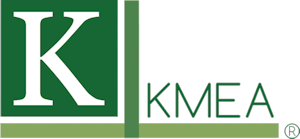
LEED Certification Administration
LEED (Leadership in Energy and Environmental Design) is the most widely used building rating system in the world. Available for virtually all building types, LEED provides a framework for healthy, highly efficient, and cost-saving buildings. LEED certification is a globally recognized symbol of sustainability achievement and leadership.
KMEA can manage LEED certification efforts through the design, construction, and final certification phases of projects. We will track all project LEED goals to ensure the project achieves the desired level of certification. While LEED certification requires the entire team’s effort and many of the decisions are outside of our control, we will use our LEED expertise to advise the team on the most feasible certification strategy.
Our experienced team of energy and sustainability professionals will guide owners through a preliminary and final review of design credits before construction is complete, and a preliminary and final review of construction credits after construction is complete. This will allow for minor design changes to achieve certain LEED credits before construction is complete in lieu of submitting all the LEED credits after construction when it is too late for design changes.
Early, integrated energy modeling can help to cost-effectively achieve energy goals, especially when they are as bold as LEED. Energy modeling will give the project team the information needed to make informed decisions about investments in energy efficiency and support LEED certification for the project.
Minimum Energy Performance is a prerequisite for LEED certification, and energy modeling is the most flexible path to meeting this requirement.
